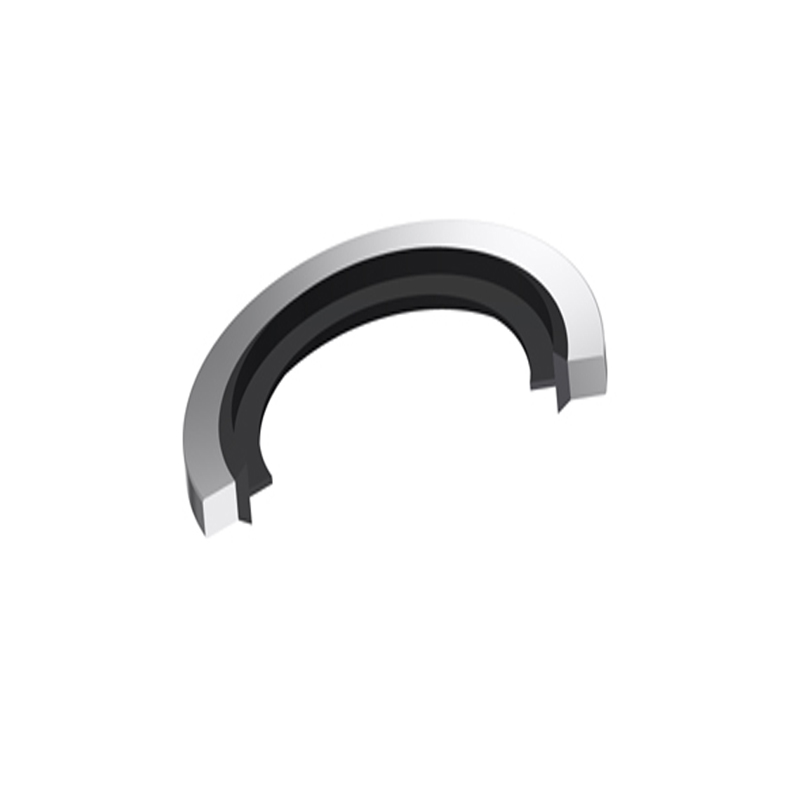60x80x10 Oil Seal Specifications and Applications for Sealing Solutions
Understanding the Oil Seal The 60x80x10 Specifications
Oil seals, also known as grease seals, play a crucial role in machinery and equipment by preventing the leakage of lubricants and keeping contaminants out. Among the various types available, the 60x80x10 oil seal has emerged as a popular choice for numerous industrial applications. This article will delve into the specifications, functions, and applications of the 60x80x10 oil seal, offering insights into its importance in maintaining the efficiency and longevity of machinery.
Specifications of the 60x80x10 Oil Seal
The designation 60x80x10 describes the dimensions of the oil seal. The first two numbers, 60 and 80, refer to the inner and outer diameters measured in millimeters, respectively. This particular oil seal has an inner diameter of 60 mm and an outer diameter of 80 mm. The last number, 10, indicates the thickness of the seal. These specifications are critical, as they determine the seal's fit and performance in various applications.
Oil seals are typically constructed from materials such as rubber, silicone, or polyurethane. The choice of material affects the seal's durability, elasticity, and resistance to various environmental factors like temperature and chemical exposure. For instance, Nitrile rubber, one of the most commonly used materials, provides excellent resistance to oils and fuels, making it an ideal choice for automotive applications.
Functions of the Oil Seal
The primary purpose of the 60x80x10 oil seal is to retain lubricants within the machinery while blocking contaminants such as dirt, dust, and water from entering. This dual function is vital for ensuring that mechanical components operate smoothly and efficiently. By preventing the escape of lubricants, oil seals help maintain optimal operating temperatures and reduce wear on moving parts.
Furthermore, the oil seal contributes to the overall safety and effectiveness of machinery. Leaking lubricants can create hazardous conditions, leading to slips, equipment failure, or even accidents. By keeping lubricants contained and the operating environment clean, the 60x80x10 oil seal plays an essential role in promoting workplace safety.
oil seal 60x80x10

Applications of the 60x80x10 Oil Seal
The versatile design and specifications of the 60x80x10 oil seal make it suitable for a wide range of applications across various industries. One of the most common uses is in automotive engines, where these seals are employed to protect crucial engine components, such as crankshafts and camshafts. In this context, they help ensure that the engine operates efficiently while extending its lifespan.
Beyond automotive applications, the 60x80x10 oil seal is found in industrial machinery, home appliances, and agricultural equipment. For instance, hydraulic systems often use oil seals to maintain fluid pressure while preventing leaks. In the manufacturing sector, machinery such as pumps, motors, and gearboxes relies on these seals to function optimally.
Maintenance and Replacement
Like all mechanical components, oil seals are subject to wear and tear over time. Factors such as exposure to extreme temperatures, chemical substances, and mechanical stress can cause seals to degrade. Regular inspections play a crucial role in maintaining machinery and identifying when a seal requires replacement.
Signs that a 60x80x10 oil seal may need to be replaced include visible leaks, excessive noise from machinery, and reduced performance. When replacing an oil seal, it is essential to use the correct specifications to ensure a proper fit and function. Manufacturers typically provide recommendations for installation and maintenance to ensure optimal performance.
Conclusion
In conclusion, the 60x80x10 oil seal is a vital component in many mechanical systems, providing essential functions that contribute to the efficiency, safety, and longevity of equipment. Understanding its specifications, functions, and applications is crucial for anyone involved in maintenance or engineering. By using quality seals and adhering to proper maintenance protocols, industries can enhance operational performance while reducing costs associated with equipment failure and downtime.
-
Understanding the Front Main Engine Seal: Purpose, Maintenance, and Installation
News Jul.29,2025
-
Understanding O-Rings and Seal Rings: Types, Applications, and Custom Solutions
News Jul.29,2025
-
Understanding Crankshaft Oil Seals: Rear Seals, Pulley Seals, and Their Role in Engine Integrity
News Jul.29,2025
-
The Importance of Front and Rear Crankshaft Seals in Engine Performance and Oil Management
News Jul.29,2025
-
Crank Oil Seals: Functions, Types, and Cost Considerations in Engine Maintenance
News Jul.29,2025
-
A Comprehensive Guide to O-Rings and Seals: Types, Materials, and Global Applications
News Jul.29,2025
-
Mastering Diesel and Performance Engine Maintenance: A Guide to Critical Oil Gaskets
News Jul.28,2025
Products categories















